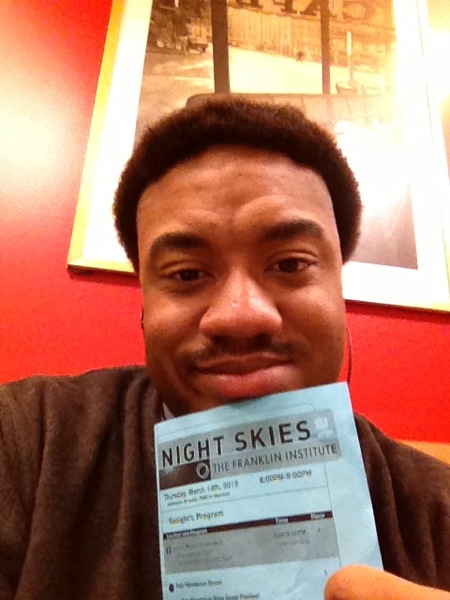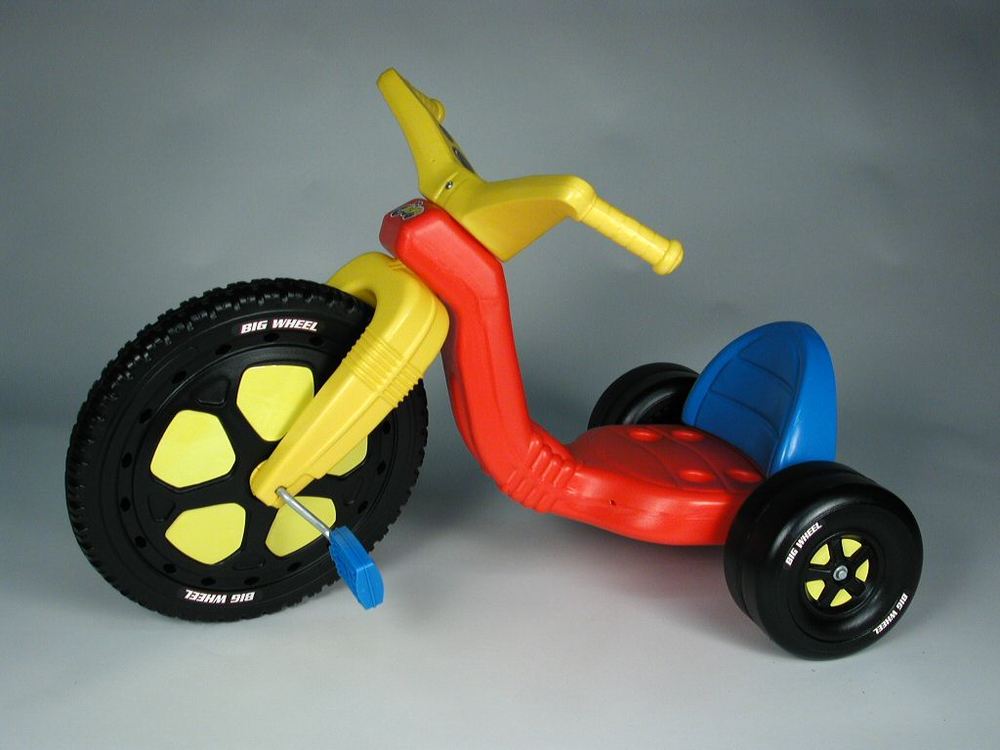I attended an astronomy event entitled "Night Skies" at the Franklin Institute in Philadelphia, which is our local science museum. It awesome! The highlight was being able to see Jupiter with its 4 moons, the Orion Nebula (where stars are currently forming), and a close up of our moon. As an extra bonus, it was freezing outside and the wait was around 20 minutes. Gotta do what you gotta do to be a science enthusiasts.
To help add a little tech to the experience, I used an free Android app called Google Sky Map. When using the app, you hold your phone or tablet towards the sky and see where stars, planets, and constellations are. The icons for Jupiter and the moon lined up perfectly with my visual from the telescope. For additional creepiness factor, if you hold the tablet down you can see the parts of the galaxy on the other side of the earth!
I was able to access the planetarium and watch the premiere of "To Space and Back", which was hosted by Chief Astronomer Derrick Pitts. The film shows how space technology affects our everyday lives. Since the planetarium screen literally surrounds the entire room (think of it as an IMAX movie screen wrapped around the ceiling), it was truly enthralling.
If you're in Philly, check out this event which occurs every second Thursday. If you're not in Philly, check in with your local science museum or university to see if they host any astronomy events.










